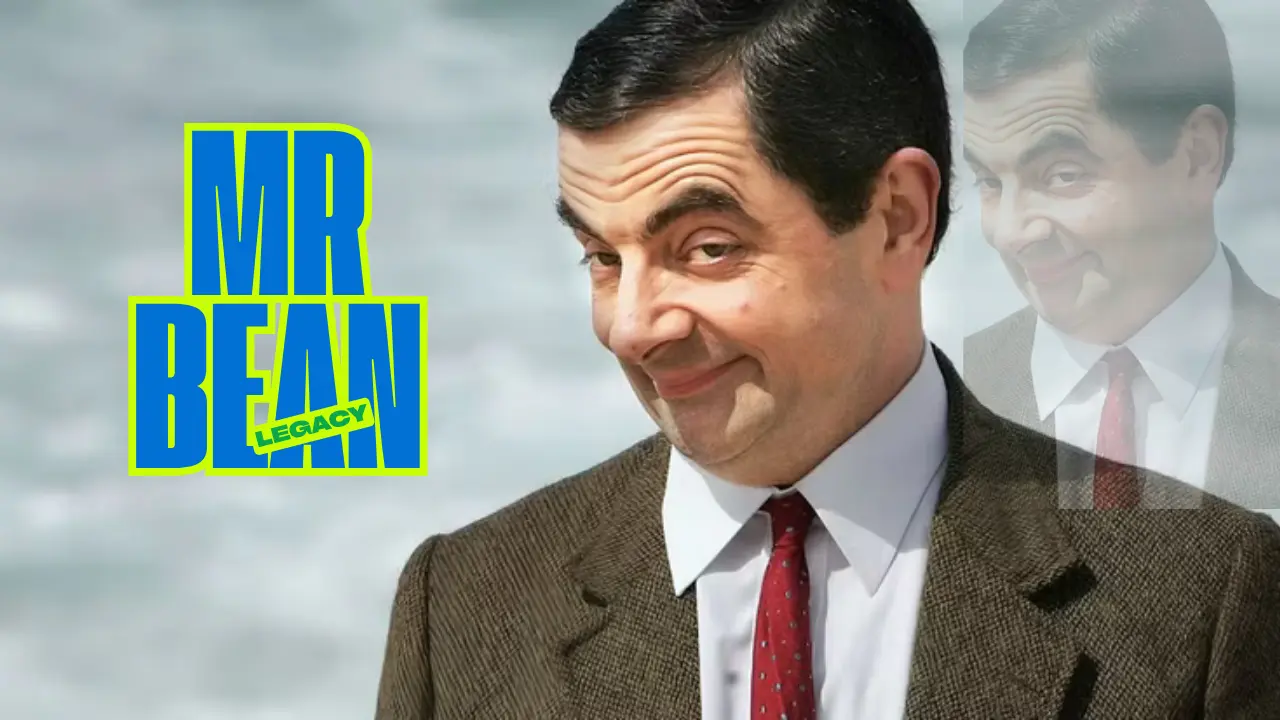Mr Bean: The Timeless Comedy Legend Who Spoke Through Silence
The Beginning of Mr Bean
The idea of Mr Bean was born in the late 1980s when Rowan Atkinson wanted to create a comedy character that didn’t rely on language. His goal was simple — to make people laugh through expressions, body movements, and timing. The first episode aired on January 1, 1990, on ITV in the United Kingdom. It instantly became a hit because it was unlike anything else on TV.

The Unique Style of Comedy
What sets Mr Bean apart from other comedy shows is its universal humor. You don’t need to understand English to enjoy it. The jokes are visual — whether it’s Bean struggling to change clothes in his car, getting into trouble at church, or ruining a fancy restaurant dinner. Every act is exaggerated but somehow believable, and that’s what makes it timeless.
Even today, more than 30 years later, people from all over the world watch Mr Bean’s clips on YouTube and laugh just as hard as audiences did in the 90s. That’s the power of good comedy — it never gets old
Atkinson once described Bean as a “child trapped in a grown man’s body,” and that description fits perfectly. His clumsy yet creative ways of solving everyday problems made him funny and relatable.
Origins and Simple Premise
The heart of the Mr Bean series history is a simple idea: make people laugh without leaning on dialogue.
The character behaves like a curious child inside an adult body, turning small daily tasks into big comic events.
That clarity made the show easy to grasp and easy to love, no matter where you watched it.
Why the Style Still Connects
Mr Bean’s humor is visual and precise. Expressions, pacing, and body language do the heavy lifting.
Because jokes are shown rather than told, the comedy crosses language and culture without friction.
Clips remain fresh online because the setups feel familiar: a church visit, a restaurant meal, a day at the beach.
The situations are everyday, the reactions are exaggerated, and the result is timeless.
From Sitcom to Films and Animation
Success on television opened doors to two feature films and an animated series that introduced Mr Bean to new audiences.
The longer format amplified the same core strengths: simple goals, visual gags, and a steady rhythm of surprises.
In animation, the character explores bigger worlds while protecting the quiet, expressive style that made him famous.
Rowan Atkinson’s Craft
Rowan Atkinson’s control over micro-expressions and movement is the engine behind every laugh.
The performance looks effortless, but it’s carefully shaped: eye lines, pauses, and subtle shifts sell the joke without a word.
That attention to detail is why the character feels sharp and why even short clips land cleanly on repeat viewings.
Why It Still Matters Today
Decades after the debut, families still watch Mr Bean together. Kids enjoy the silliness, adults enjoy the craft,
and everyone gets the joke. The formula is durable: visual clarity, strong character identity, and stories built
from everyday moments. In a fast, noisy world, this kind of quiet comedy feels refreshing and real.
If you care about the Mr Bean series history, that’s the real lesson:
keep it simple, make it clear, and let the audience see the joke happen.
Quick FAQs
What makes Mr Bean’s comedy timeless?
It relies on visual storytelling, so the humor travels beyond language and trends.
How did the franchise grow?
It expanded from a TV sitcom to films and a long-running animated series, reaching new viewers on TV and digital platforms.
